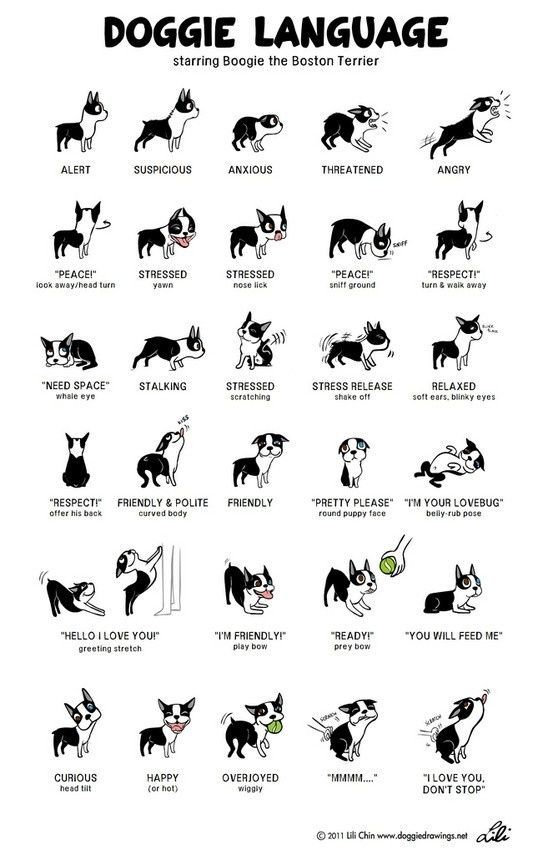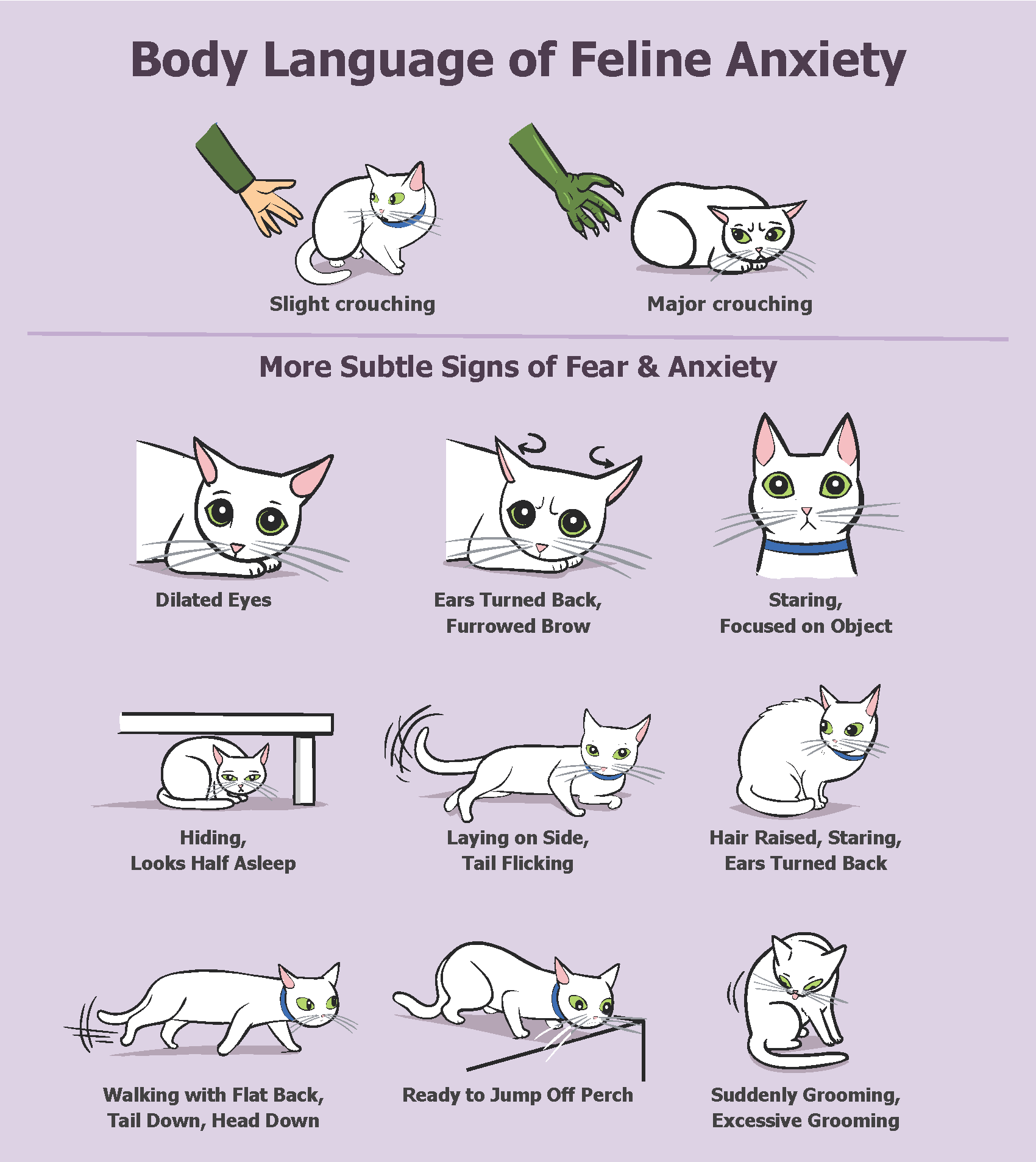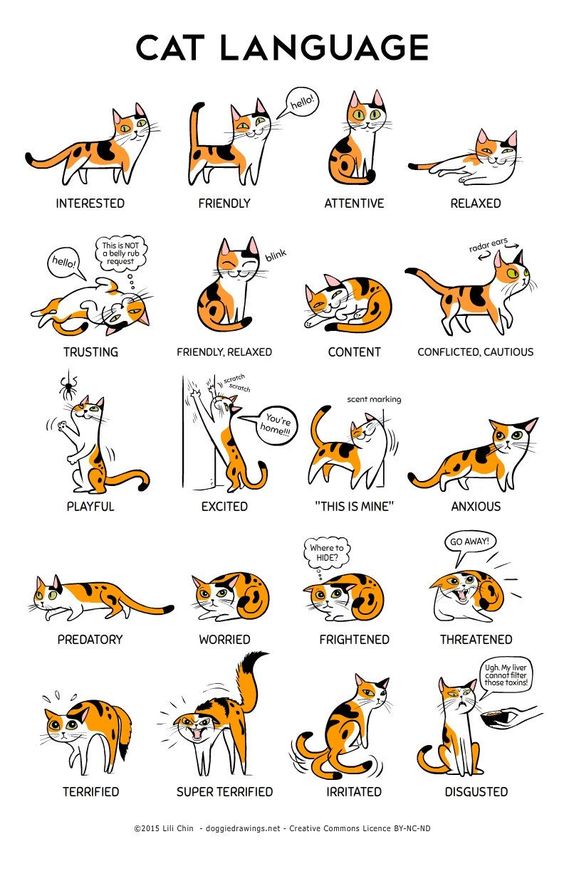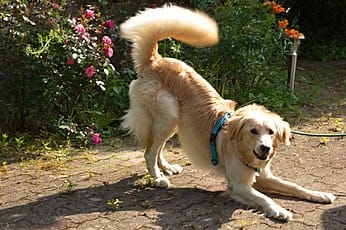
DOGS
When dogs feel secure, they often use touch as a form of communication. When a dog trusts you, he may put a paw on your foot, snuggle up close, lean into your leg or sink into a sitting position while sliding down your leg. These K-9 behaviors say: “I’m a happy dog…I’m relaxed and I trust you.”
CATS
Cats communicate with touch too, though felines are more aloof than dogs and prefer to be the initiators of affection.
Cats often reach out with a paw to pat your face or jump on your lap or shoulders to curl up and relax.
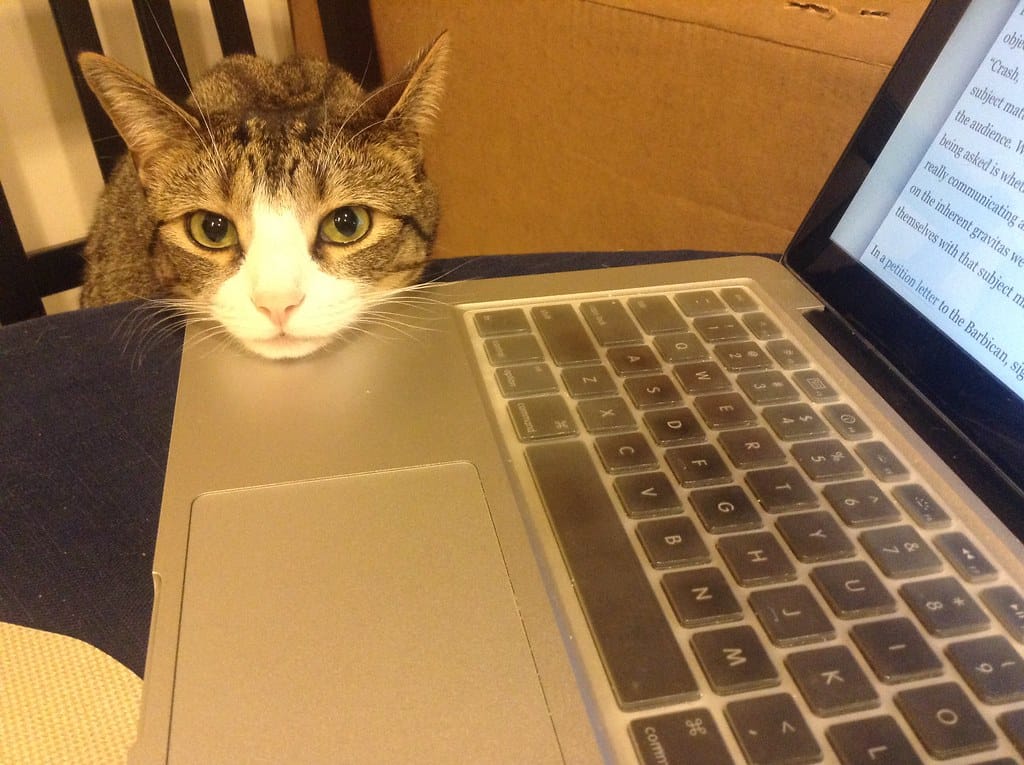
Keep this “K-9 communication” in mind as you train your dog to stop jumping on you and others. Don’t just punish the dog for jumping up on you…try to substituting the jumping with a more acceptable behavior like a quick sit or a lick on your hand. Lots of praise (and some tasty treats) will help the transition from “jumper” to “hugger”. Read more about dog communications here.
Pay attention to the ways your cat communicates and learn what his tolerance levels are. Kitty will let you know she is happy by purring, or slowly blinking her eyes. Try “slow blinking” back at your cat and see how happy you make him!
Read more about cat communications here.

